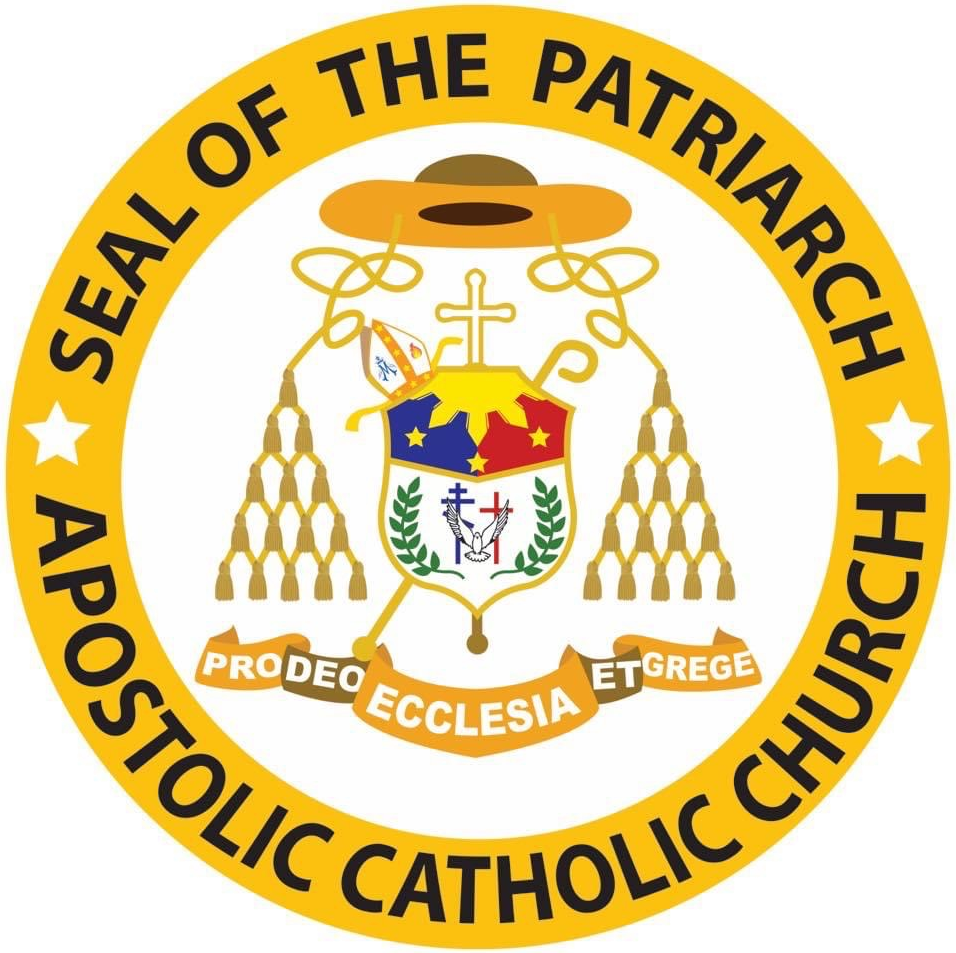The Holy Apostolic Catholic Church of the East, often referred to simply as the Apostolic Catholic Church, stands as a paragon of ecclesiastical heritage and a repository of rich theological traditions. It is a unique blend of deep-rooted beliefs, intricate liturgical practices, and an expansive global presence. The allure surrounding this denomination captures the imagination not merely because of its historical significance but because a study of its theology and worship reveals profound insights into the nature of Christianity itself.
At the heart of the Holy Apostolic Catholic Church’s identity is its theological orientation. Rooted in the early Christian traditions, its theology emphasizes the apostolic succession. This is the unbroken line of bishops that stretches back to the original apostles of Christ. The Church believes that through ordination, priests and bishops inherit the spiritual authority conferred by the apostles, which infuses its sacramental life with a depth that many contemporary denominations struggle to express. Moreover, this adherence to apostolic tradition not only fosters a sense of continuity with the past, but it also provides a theological framework that draws on a wealth of historical interpretations, enriching the faith community’s understanding of the Scriptures.
The Church’s foundational text, the Holy Bible, is revered with great esteem, yet its interpretation is often viewed through the lens of the Church Fathers and the rich tapestry of early Church writings. This reliance on historical authority offers adherents a pathway to navigate contemporary moral and theological dilemmas. The communion of saints plays an integral role in this theological ethos, fostering a community that transcends time. The believers are thus connected in a shared journey of faith, guided by the example of those who have gone before them.
Liturgically, the Holy Apostolic Catholic Church manifests its beliefs in deeply structured services that reflect ancient practices while incorporating elements unique to its own tradition. The Divine Liturgy, a central tenet of worship, is not merely a historical relic but a dynamic expression of faith that includes the Eucharist as the heart of its sacramental life. The liturgical calendar punctuates the year with feasts and fasts that serve to engage the community in the rhythm of Christian life, reminding adherents of holy weeks, the significance of the Incarnation, and the redemptive act of Christ.
The intricate rituals observed during these liturgical services are steeped in symbolism and hold profound significance. For instance, the use of incense in worship not only serves a sensory function, invoking the spiritual atmosphere but also symbolizes the prayers of the faithful ascending to God. Such details underscore the theological belief in the sacrality of worship, turning each service into an immersive experience designed to lift the spirit toward the divine.
Addressing a common observation about the Holy Apostolic Catholic Church is its remarkable global presence. It is not confined to geographic boundaries but resonates profoundly in various cultures. With congregations established in countries across numerous continents, the Church exemplifies what it means to be a truly universal faith. The adaptability of its teachings and liturgical practices allows it to resonate with diverse communities while maintaining its core beliefs. In this way, it serves as a bridge between ancient traditions and contemporary landscapes, inviting engagement from a multitude of cultural perspectives.
This global presence is particularly salient in the diaspora communities. Many adherents have migrated far from their ancestral homes, yet they carry with them not just the tenets of faith but a cultural lineage that informs their practice. In many urban centers, the Church acts as a sanctuary where tradition and contemporary life intersect. The adaptation of liturgical language, music, and even sermon themes ensures the relevance of the Church’s message, fostering a sense of belonging among expatriate communities while simultaneously enriching the local landscape with depth and diversity.
The fascination with the Holy Apostolic Catholic Church can be traced to its ability to sustain a faith tradition that both honors historical authenticity and responds to present realities. In an age marked by rapid change and existential queries, the Church’s insights into life’s ultimate questions offer solace and certainty. Its theological tenets challenge believers to contemplate the eternal, mirroring humanity’s inherent longing for connection with the divine.
Additionally, the Church’s commitment to social justice and humanitarian efforts amplifies its global witness. Engaging in charitable works and advocating for the oppressed goes hand-in-hand with its spiritual mission. The Church embodies a holistic approach to faith that is not solely concerned with the esoteric dimensions of spirituality but one that actively seeks to express love and compassion through tangible actions. This melding of belief and action serves to invigorate its congregants and attract those seeking a faith that espouses the Love of Christ in action.
In conclusion, the Holy Apostolic Catholic Church of the East offers a compelling narrative that combines rich theological insight, vibrant liturgical practice, and a dynamic global presence. Its steadfast commitment to preserving apostolic tradition is complemented by a willingness to engage with the complexities of contemporary life. For those who seek a deeper understanding of Christianity and a connection that cuts through the superficial, this Church stands as a beacon of hope, faith, and love in the modern world.



